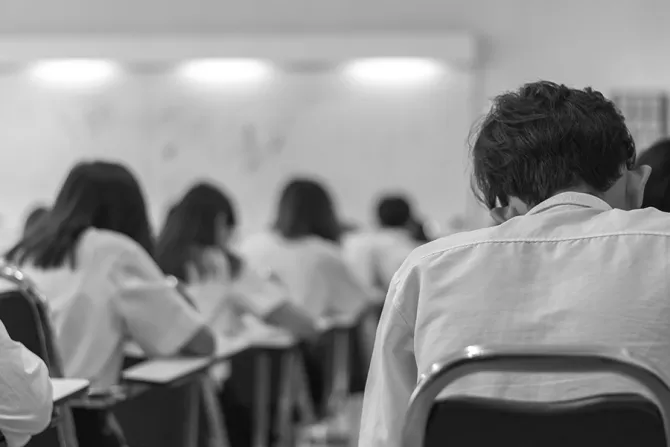"They need to know that each day they are going to have a place to come home to, have a place to lay their head, have a place to come back to where someone is going to care for them."
Lacey also said access to bus routes or public transportation may not always be an option, especially for chronically homeless families.
"Sometimes we have people who come into shelter who are not even at their own school district anymore."
According to the New York Times, homeless children on average miss about 30 days of school a year. Of those living in the NYC shelters during the 2015-16 school year, only 12 percent passed the math exam for the state and 15 percent passed English.
Catholic Charities helps with the physical needs of homeless people in the Albany area – offering shelter, food, hygiene products and baby supplies – but also works through case managers to discuss education with parents.
"Having that case management for every homeless case is very important," Lacey said. "That is someone who can sit down with a parent, sit down with a child, and say 'where are your struggles right now?'"
"We deal with families who often time have multiple children and sometimes it is the responsibility of the oldest child to care for the youngest children," she said, noting school for those children may be placed on the back burner. "So it is helping to change that mindset."
She said the greatest need of young homeless people is someone to guide them and show concern. This begins with personal relationships, she said, adding that it is time and interest that truly help children improve and develop.
"What is really needed is individuals need to be able to step into the young person's life, whether that is a guidance counselor, a teacher, a mentor, to let that child know that they are valuable, that they are worthy, and that they are intelligent."
Perry West is a staff writer for Catholic News Agency. He graduated from Franciscan University with his bachelor's in English. Prior to his job at CNA, he worked in construction staffing and coffee.




